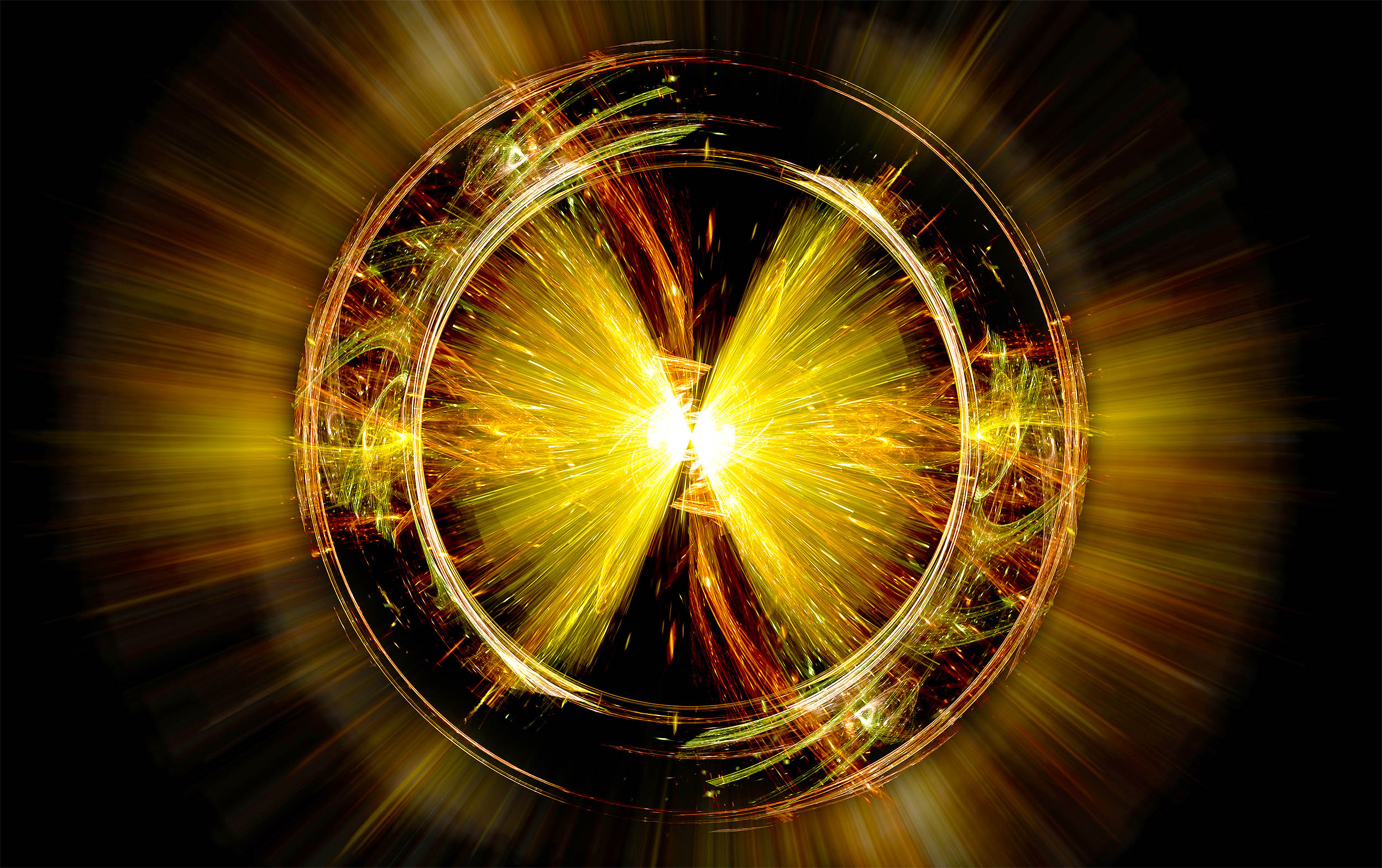The discovery of the Higgs boson has been a fascinating journey for physicists around the world, since the particle was first detected at the Large Hadron Collider (LHC) about twelve years ago.
This monumental discovery, which confirms the existence of the elusive particle theorized nearly half a century earlier, has opened up new avenues for research and understanding in particle physics.
Despite dedicated research, the properties of this enigmatic particle remain somewhat shrouded in mystery.
The scientific community today made a new breakthrough that brings us one step closer to understanding the origin of the Higgs boson.
Understanding the Higgs Boson
This exciting breakthrough comes from an international group of theoretical physicists, including members of the Institute of Nuclear Physics of the Polish Academy of Sciences.
These scientists have pooled their expertise and resources in a collaborative effort to unravel the complexities of the Higgs boson.
For years, the Higgs boson was the highlight of discoveries at the Large Hadron Collider.
However, understanding its properties has proven to be a huge challenge, mainly due to the scientific obstacles encountered during experimental and computational studies.
Complex maze of the Standard Model
The Standard Model was formulated in the 1970s and is a theoretical framework designed to accurately explain the elementary particles of matter.
From quarks to electrons, this model has been of great importance for understanding the interplay between various electromagnetic and nuclear forces.
The Higgs boson, discovered at the LHC, is the coveted jewel of the Standard Model. It plays a crucial role in the mechanism that gives mass to other elementary particles.
Without the Higgs field, particles would have no mass and the universe as we know it would look radically different.
Delving deeper into the quantum realm
Dr. Rene Poncelet of the IFJ PAN, who collaborated on this important study, provides clarity on the significance of their work.
“We focused on the theoretical determination of the Higgs boson cross section in gluon-gluon collisions. These collisions are responsible for the production of about 90% of the Higgs boson, traces of whose presence have been registered in the detectors of the LHC accelerator,” Poncelet explains.
This work delves deeper into the quantum domain, where interactions are governed by the rules of quantum mechanics, and provides deeper insights into the fundamental workings of our universe.
One of the co-authors of this study, Prof. Michal Czakon from RWTH, explains why their work is a scientific achievement.
“The essence of our work was the desire to take into account, when determining the active cross section for the production of Higgs bosons, certain corrections that are normally neglected, because ignoring them greatly simplifies the calculations,” Czakon claims.
“It is the first time that we have managed to overcome the mathematical difficulties and determine these corrections.”
This finding is a triumph over mathematical challenges and a testament to the rigorous and precise nature of scientific research.
Seeing the bigger picture
This work has contributed to a better understanding of the Higgs bosons and opened the way for further research.
The team’s findings indicate that the mechanisms responsible for Higgs boson formation, at least for now, show no signs of deviating from established physics.
However, questions still remain:
Why do elementary particles have so much mass?
Why do they form families?
What exactly is dark matter?
What causes the dominance of matter over antimatter in the universe?
These investigations take us beyond the reach of the Standard Model, and suggest the existence of “new physics.” The search for answers to these questions is not just about theoretical curiosity; it has the potential to revolutionize our understanding of the universe and even lead to new technologies.
What is the future of the Higgs boson, the ‘God particle’?
In the coming years, as more particle collisions are observed with the fourth survey cycle of the LHC, measurement uncertainties can be reduced and we can better understand the Higgs boson.
Each new cycle of experiments at the LHC is like turning a page in a giant book about the universe, providing new insights and deepening our understanding of the cosmos.
For now, the Standard Model remains safe, standing strong in the face of mysteries yet to be unraveled in the world of quantum mechanics. Let us brace ourselves; the quest to solve these mysteries promises to be nothing short of fascinating.
This journey reflects the enduring human will to explore the unknown, a will that has driven scientific and technological advances throughout history.
The full study was published in the journal Physical assessment letters.
—–
Like what you read? Subscribe to our newsletter for engaging articles, exclusive content and the latest updates.
Check us out on EarthSnap, a free app from Eric Ralls and Earth.com.
—–
